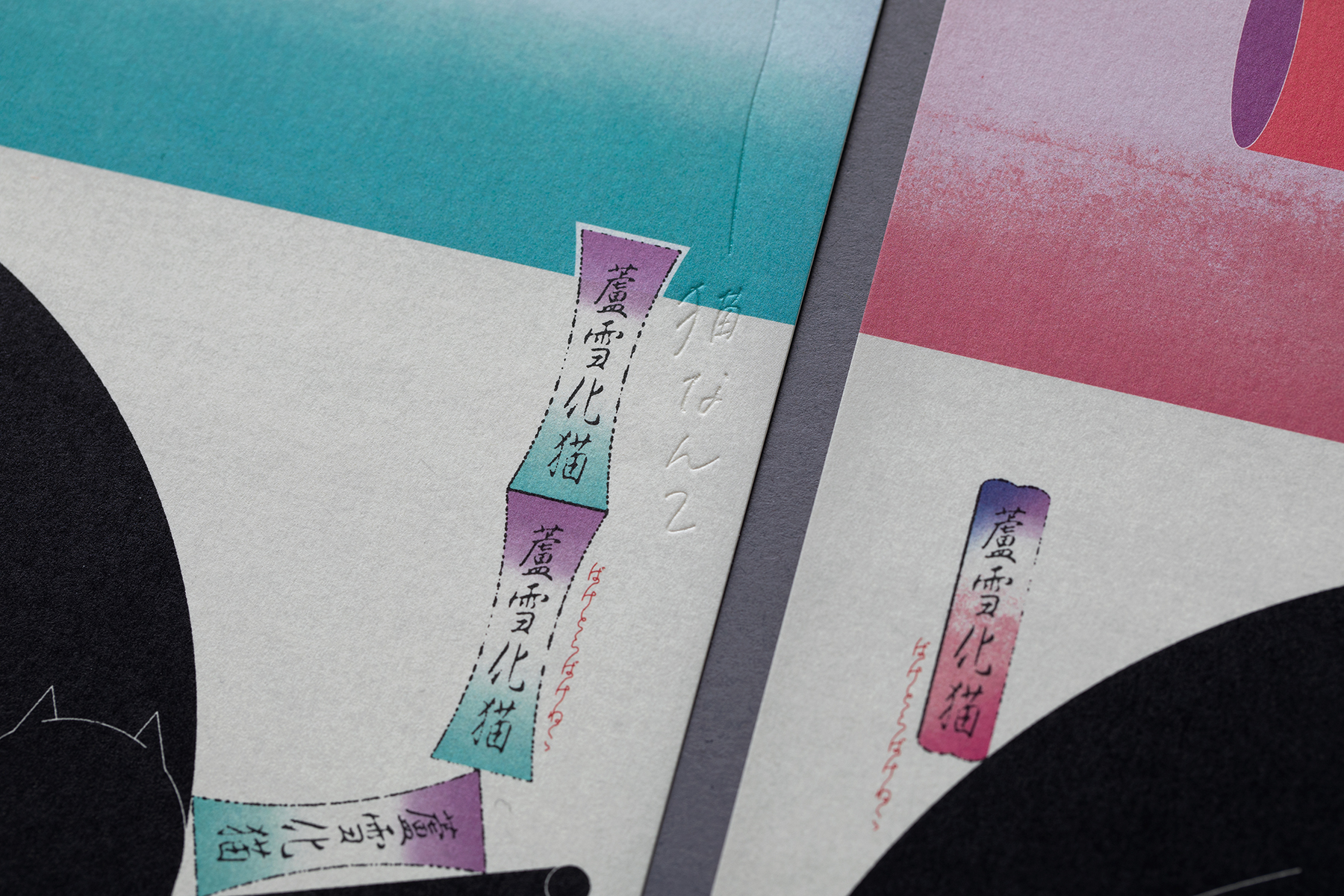
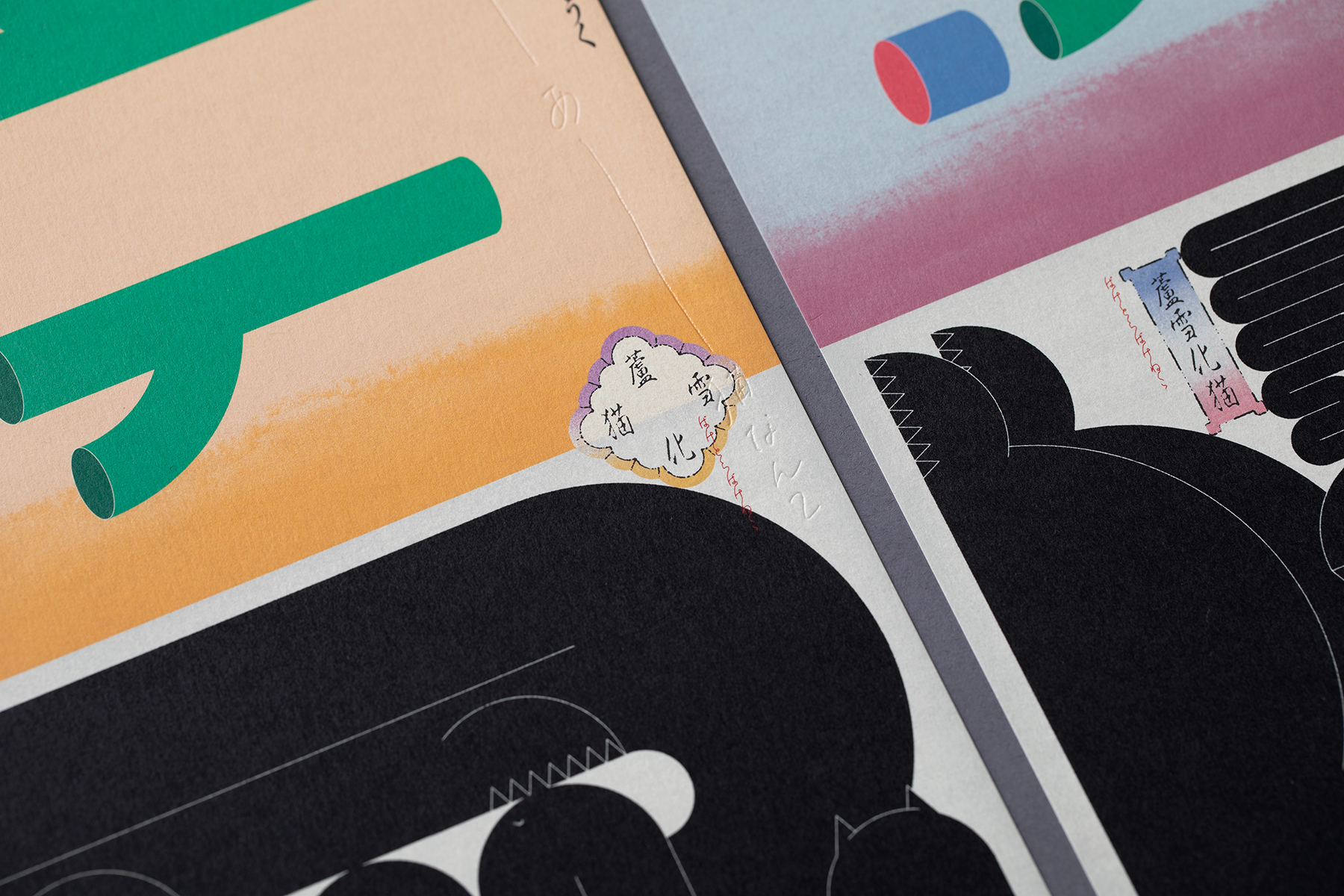
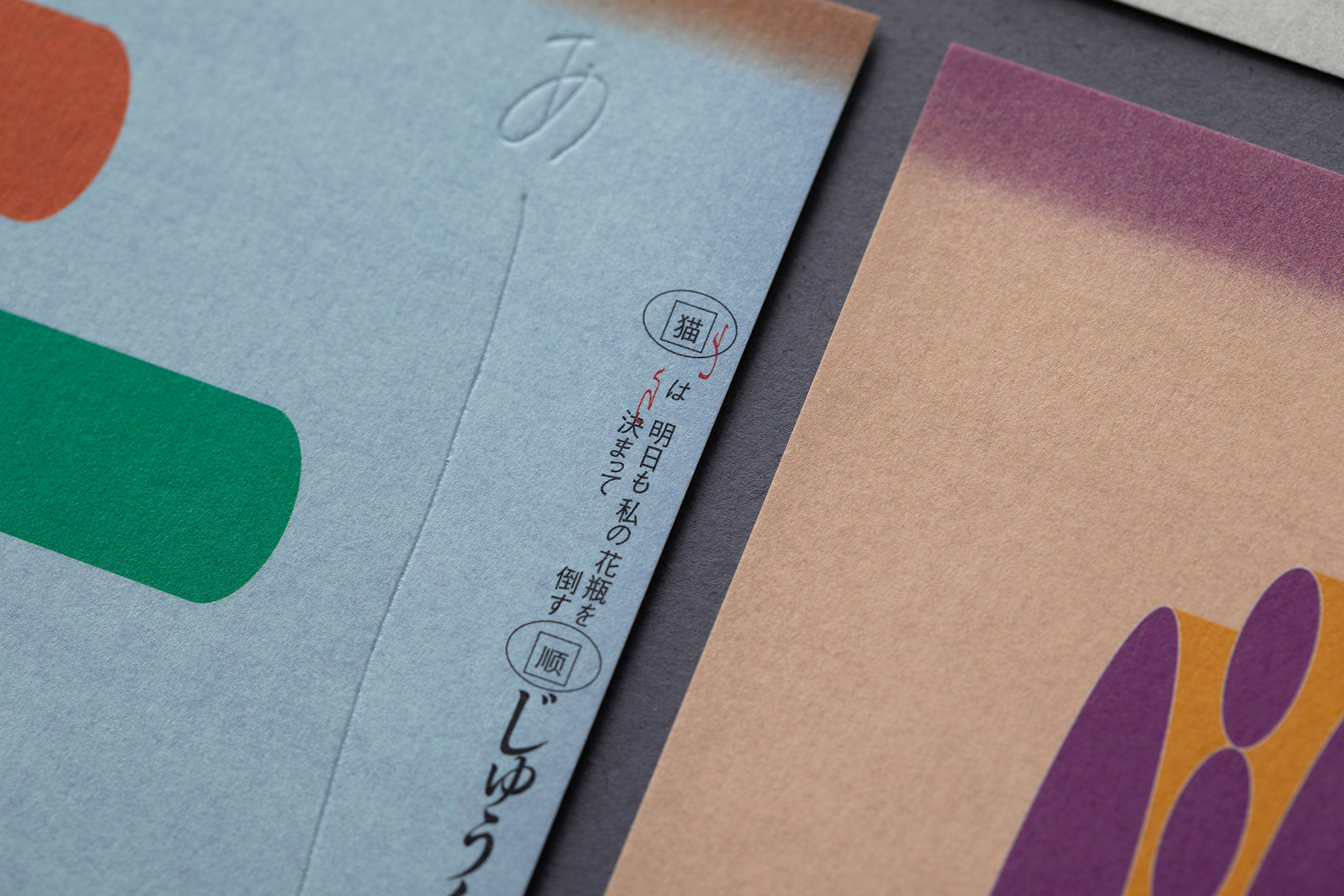
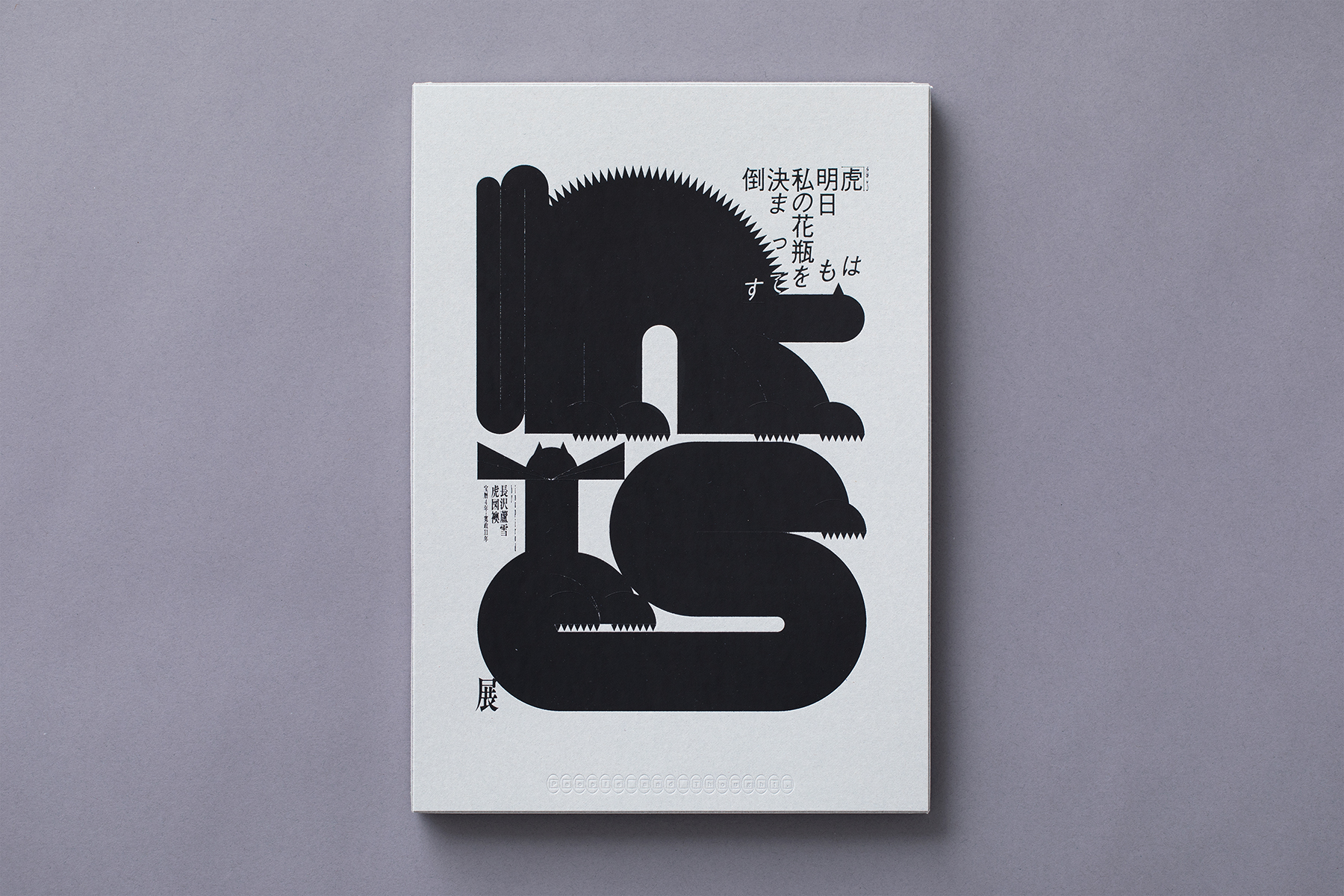
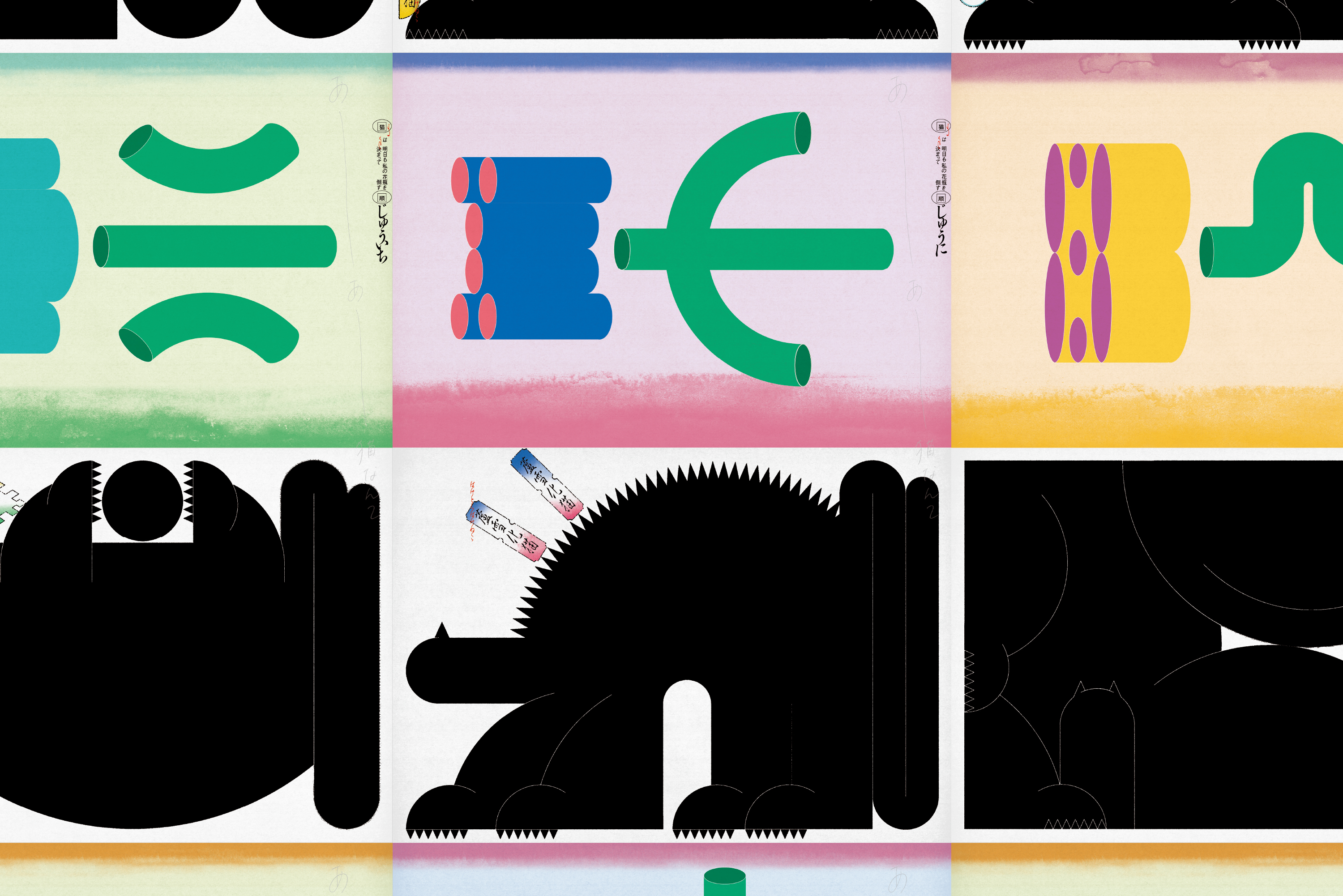
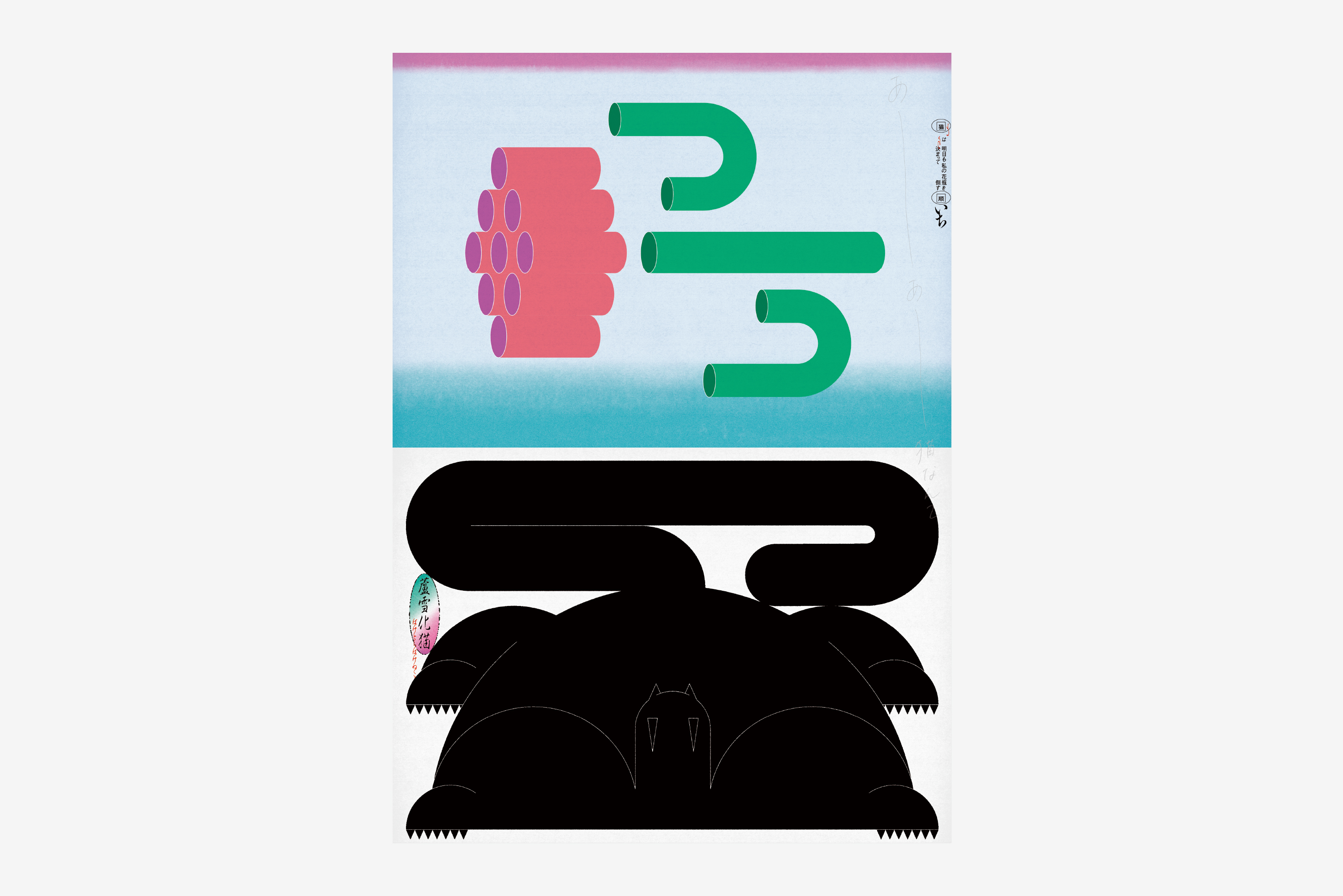
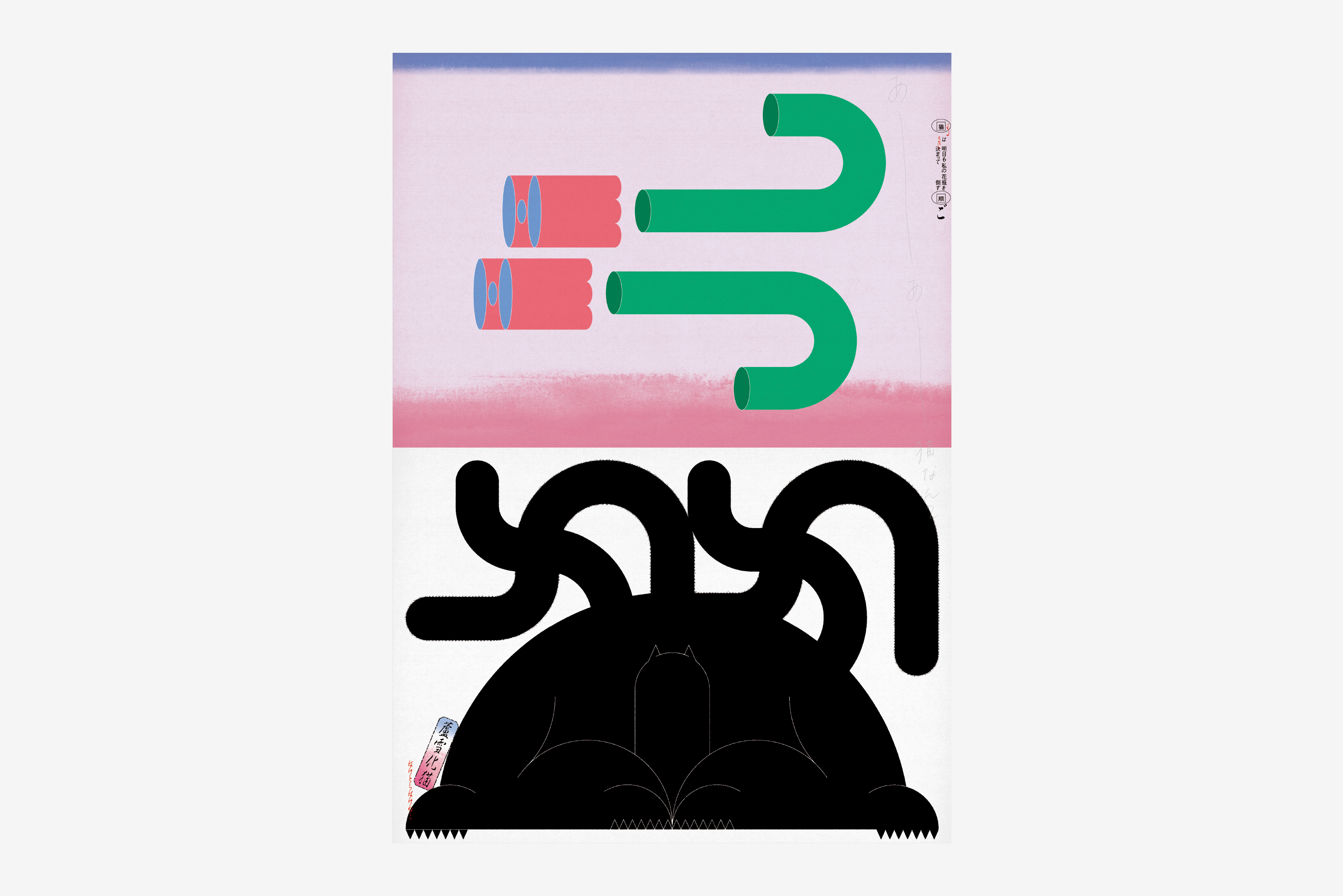
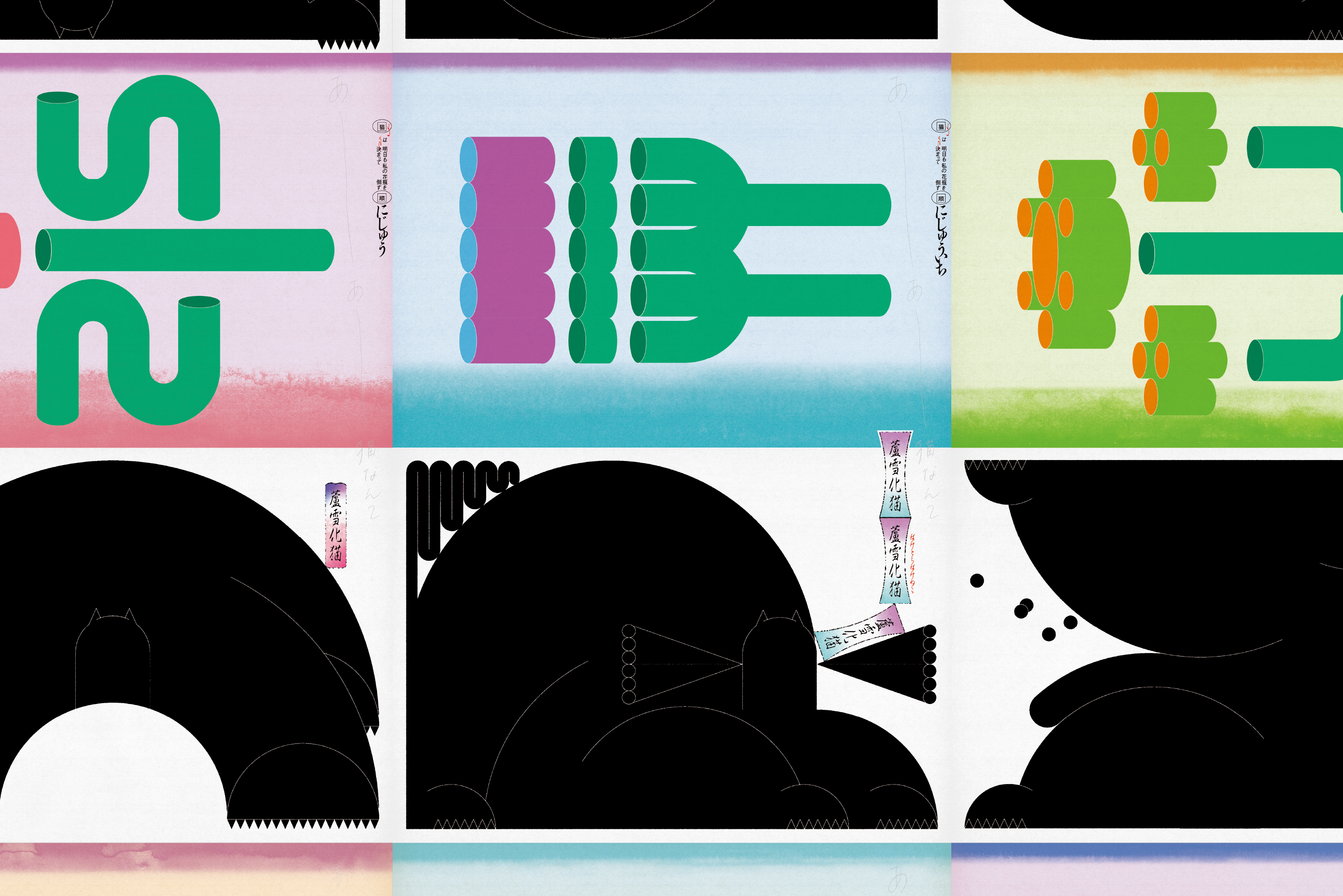
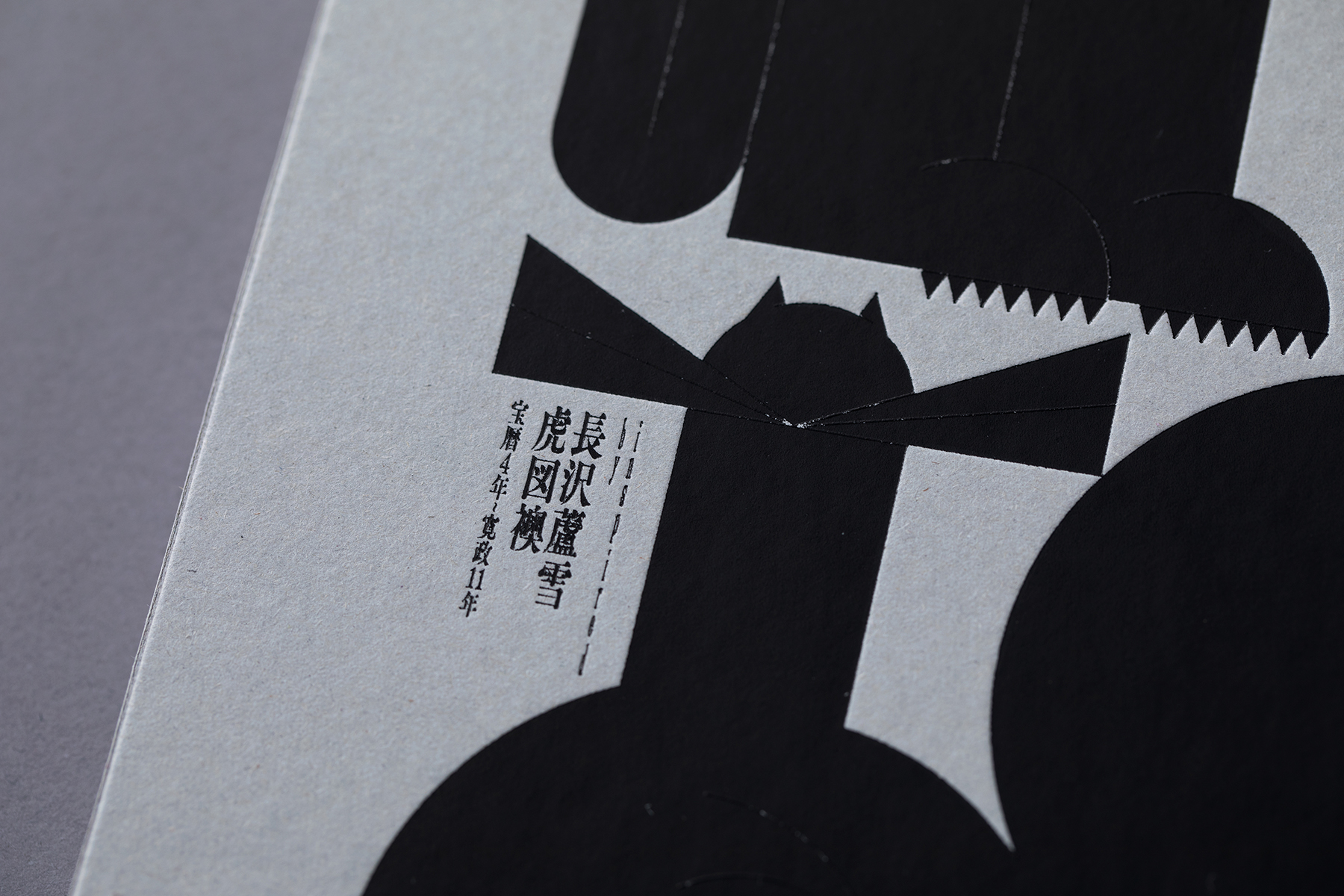
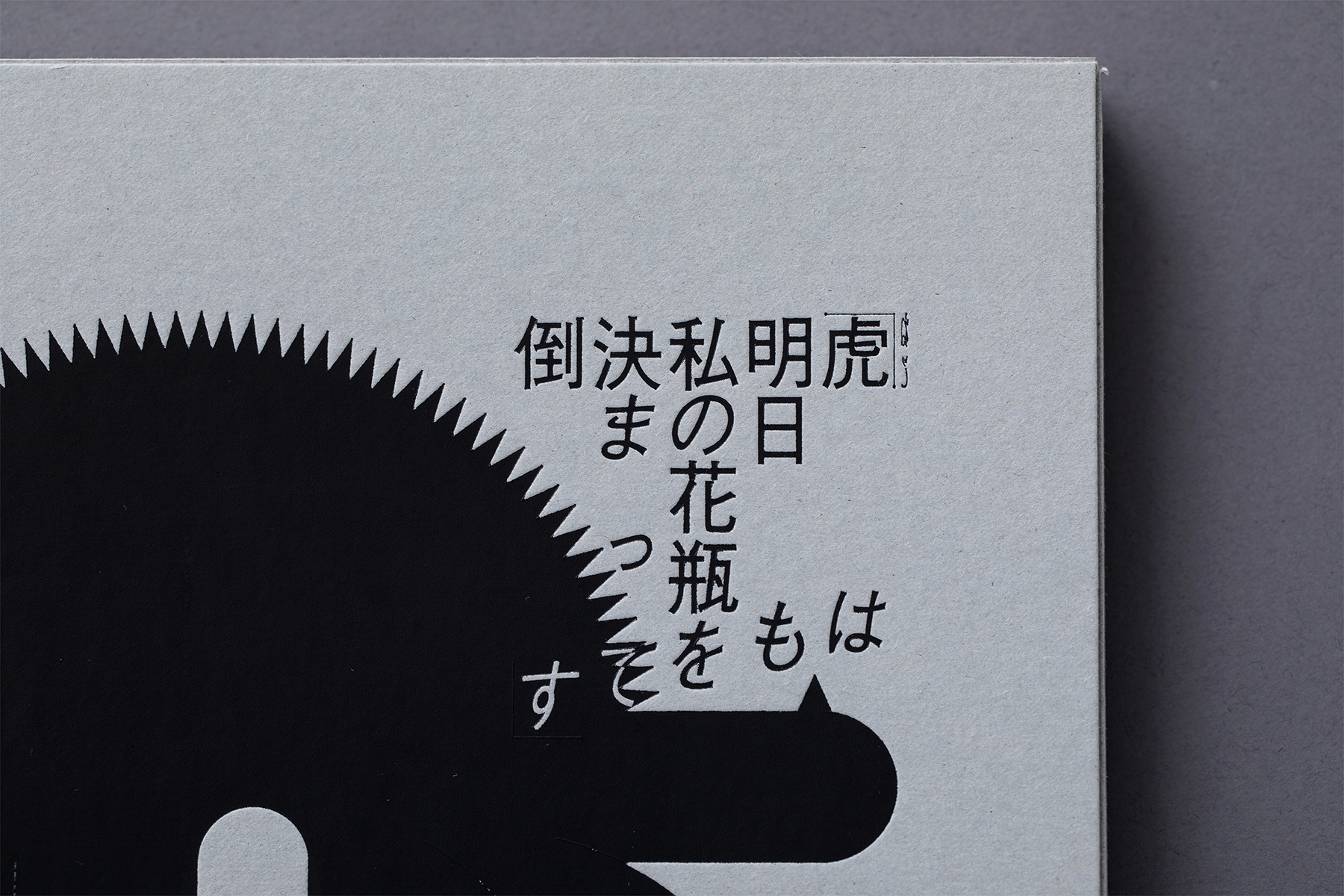
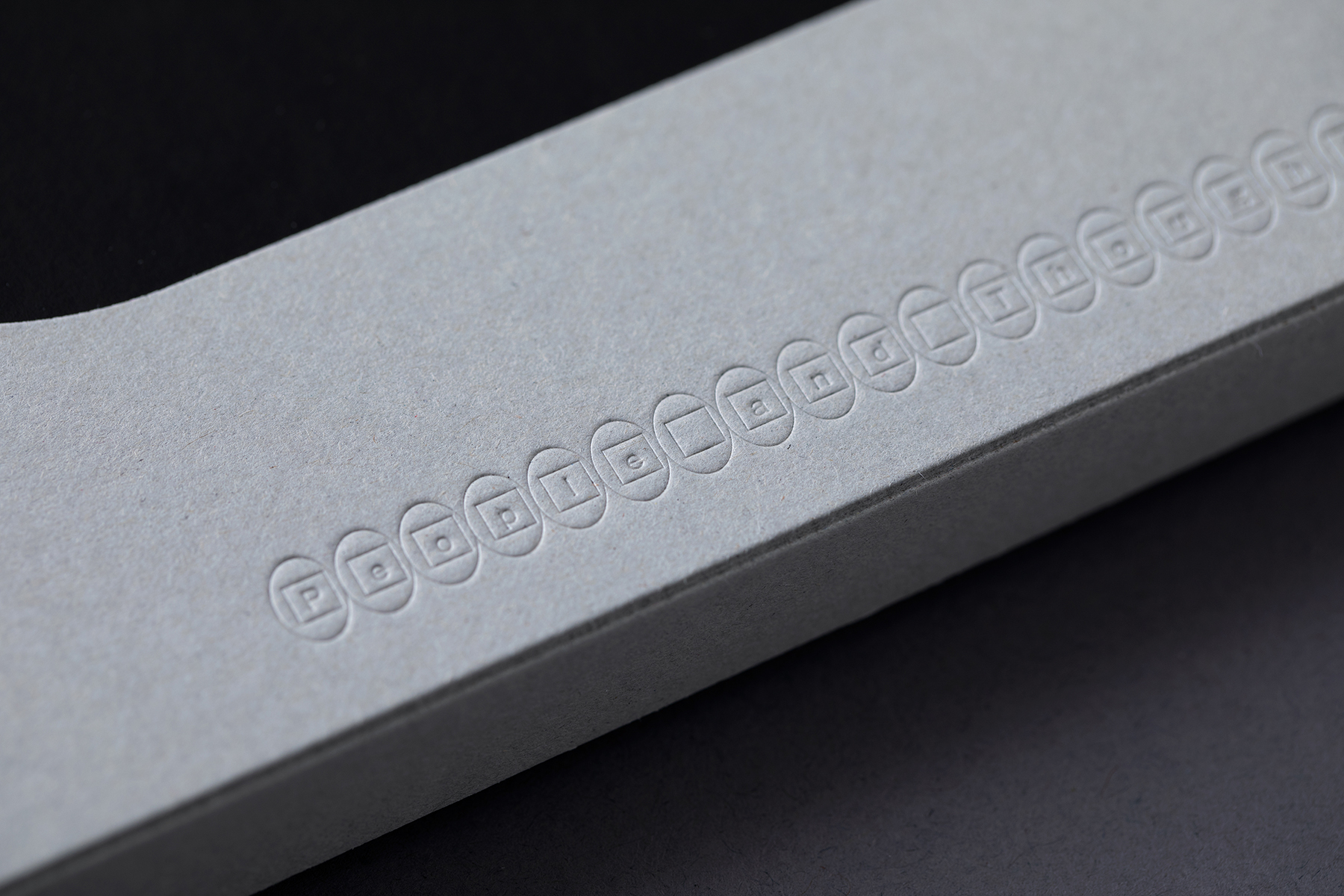
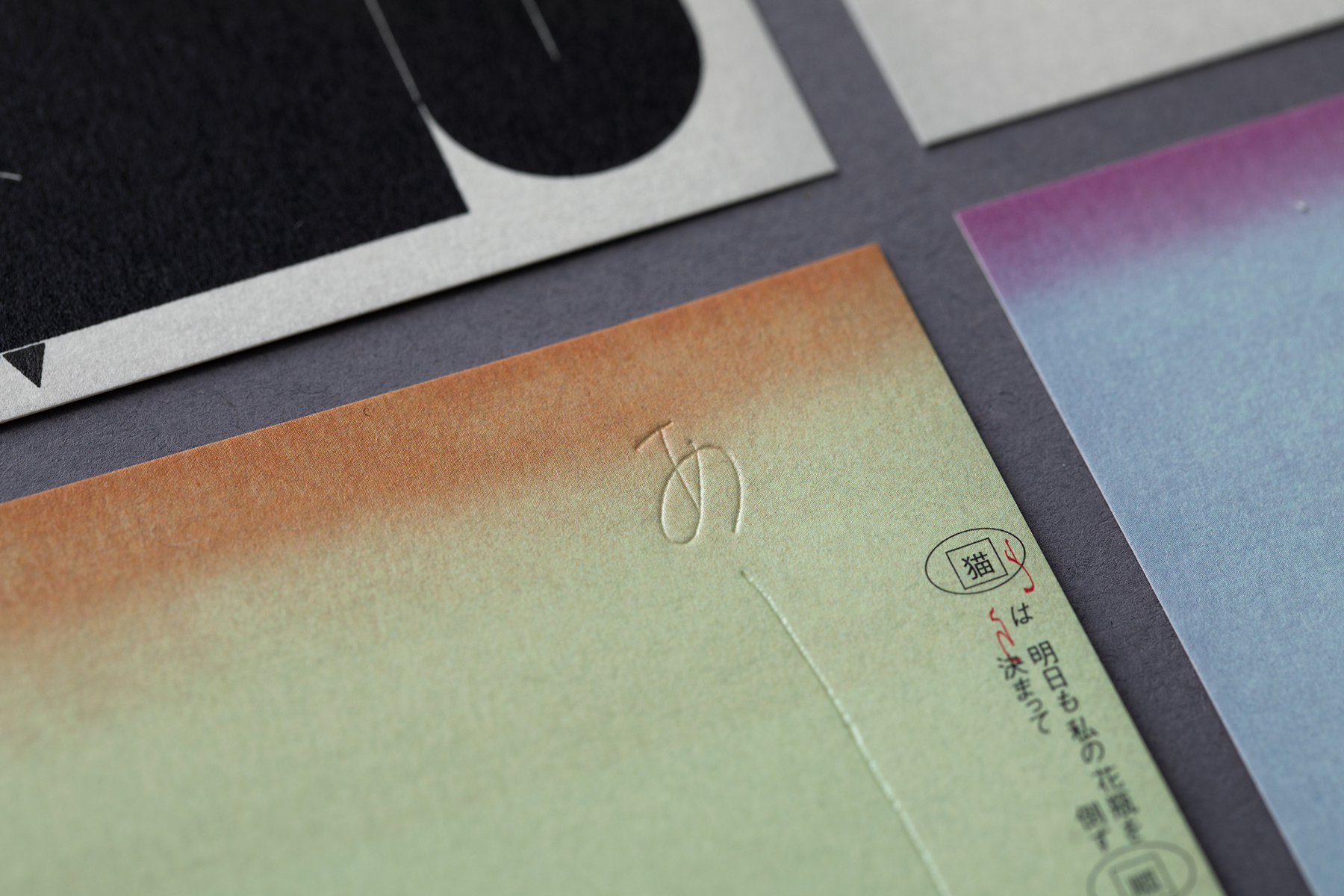
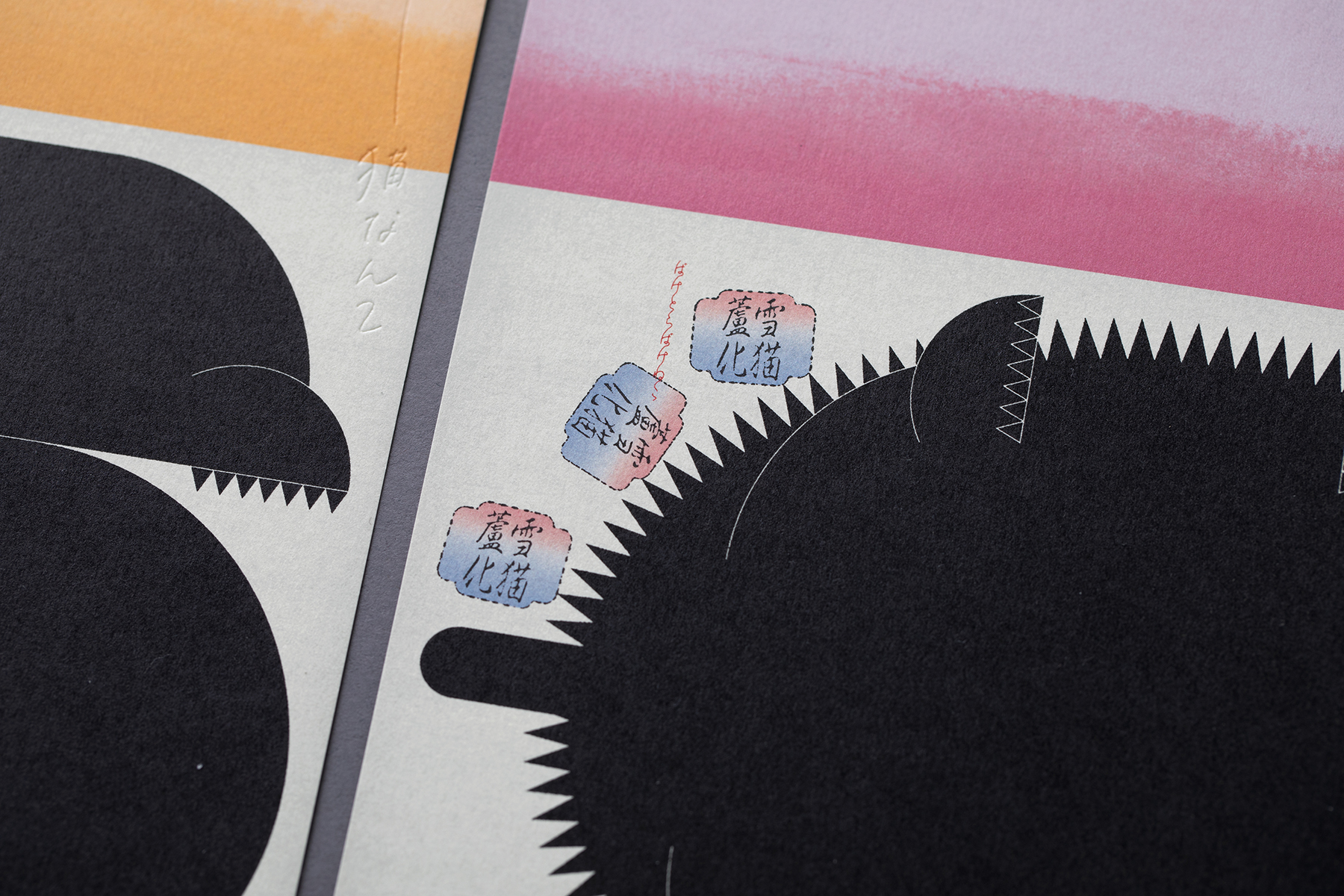
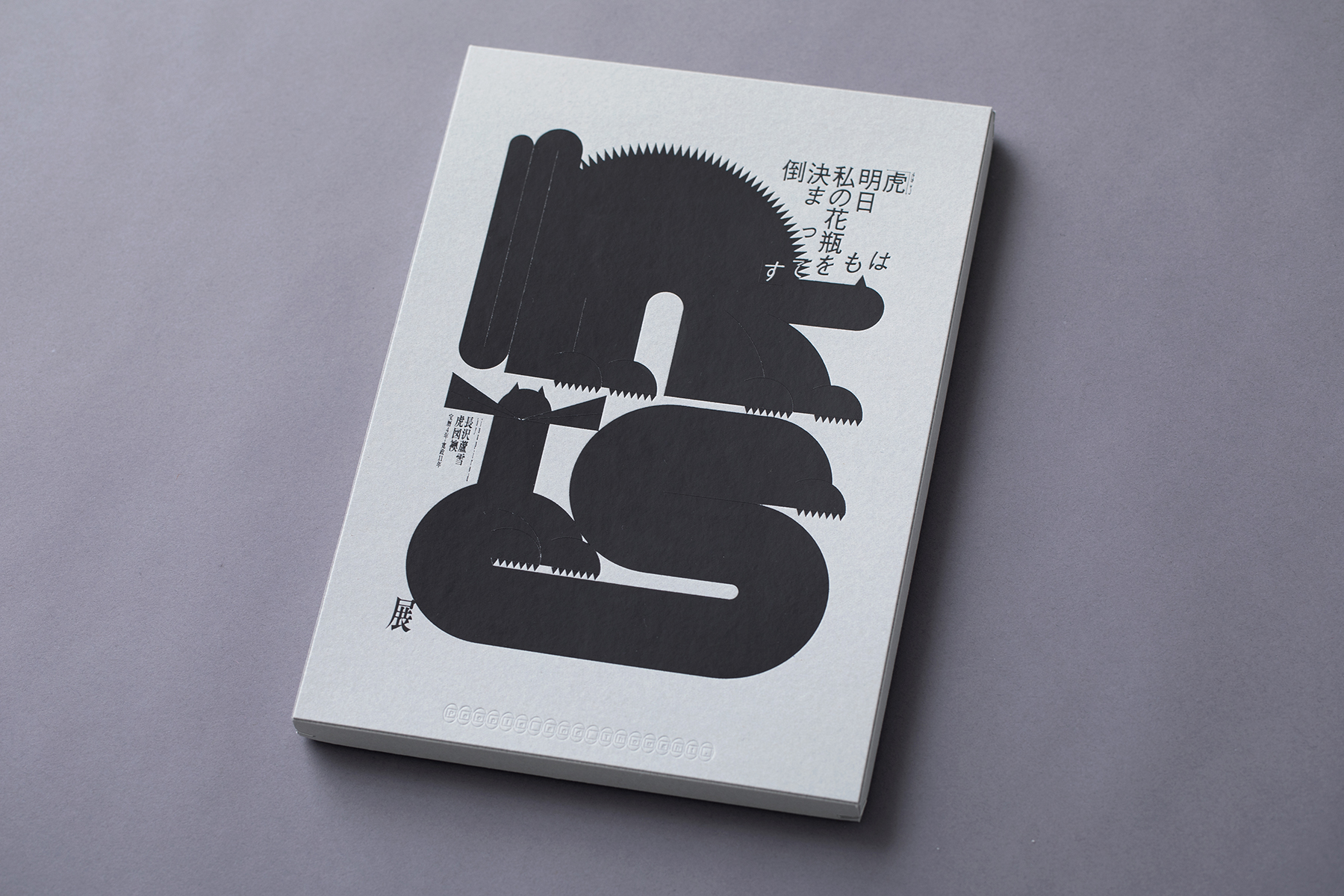
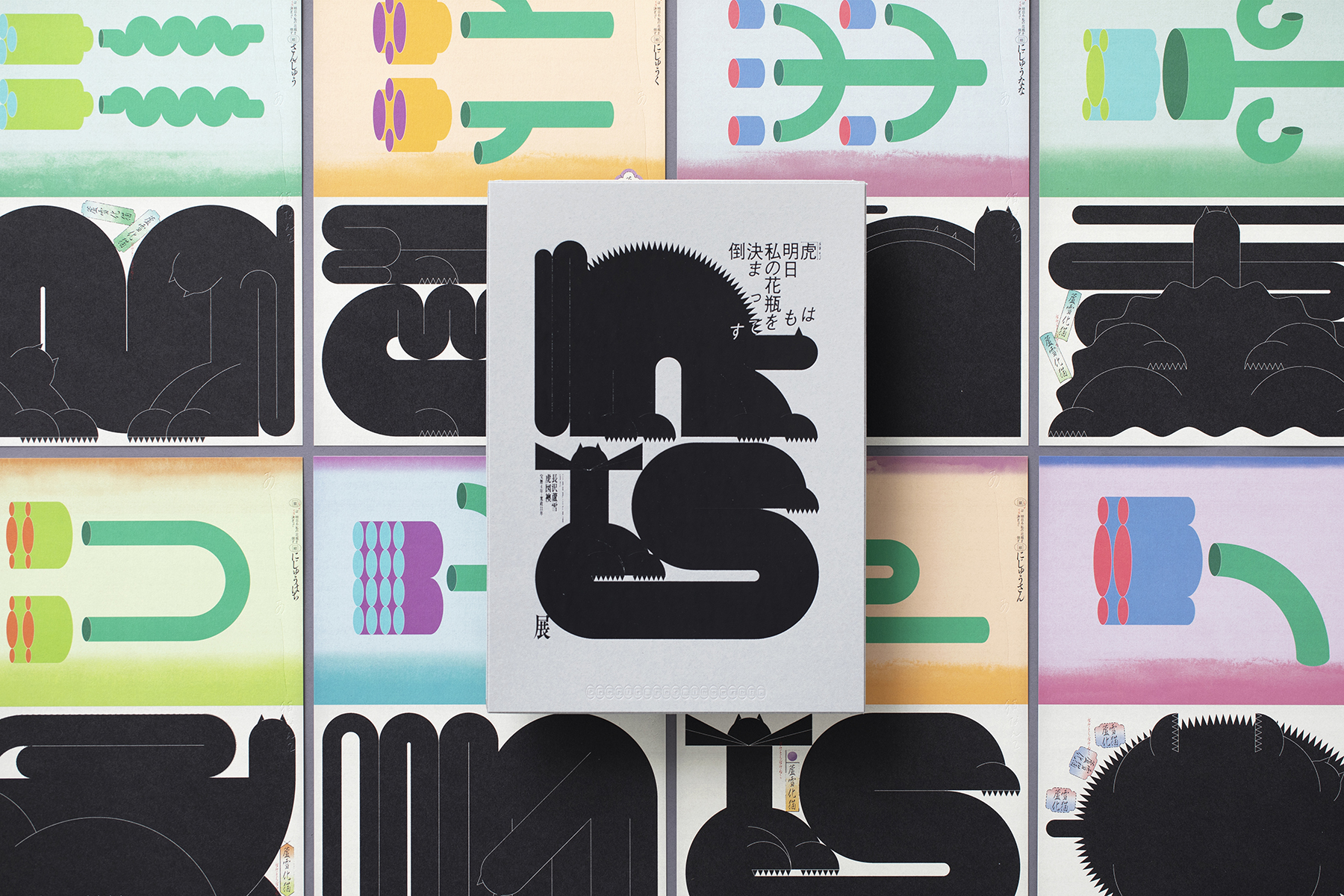














OUWN was founded as a corporation in 2013 by Atsushi Ishiguro and Munechika Fujita. The name stems from our hope to foster interaction, dialogue, and feelings between our owns and yours ( "own" + "u" ) through designing.
In addition to art direction, OUWN’s activities extend into many different fields such as graphics, web, fashion, visual, logo, and other types of design.
With a variety of nice dialogue with you as a "dot", OUWN wishes that dots will connect down the road.